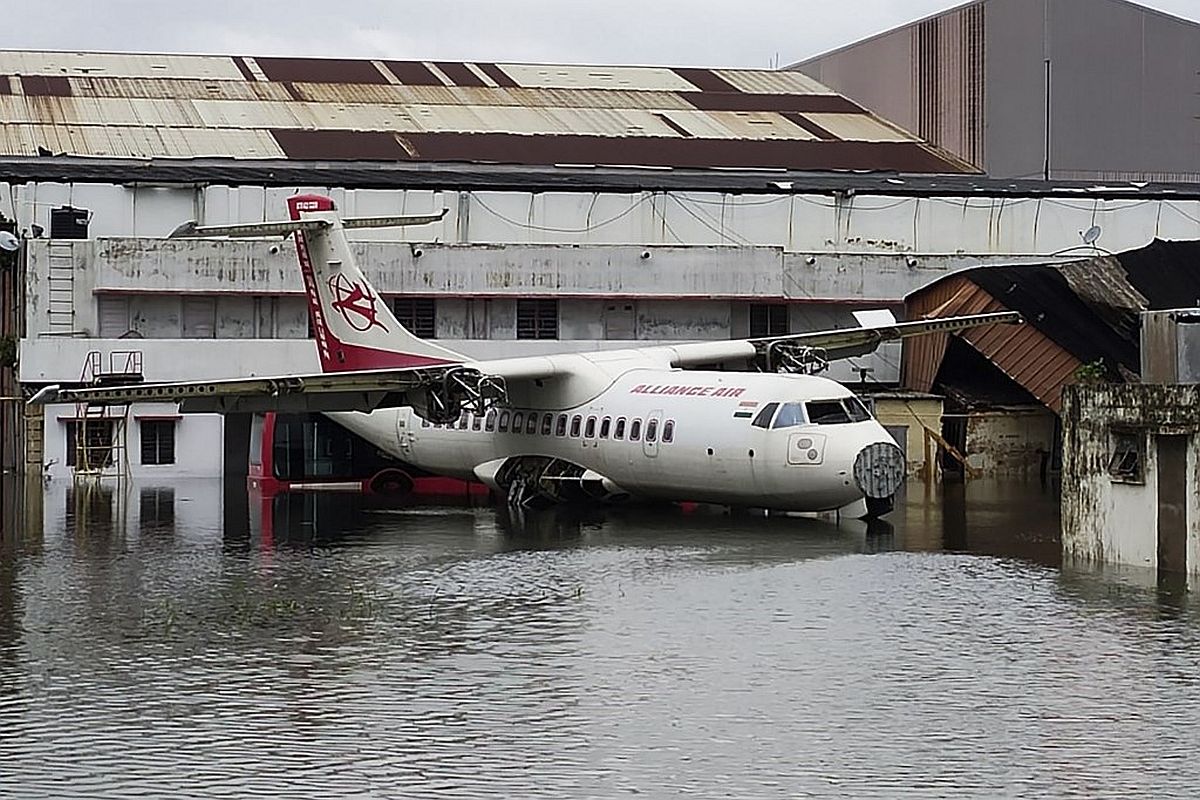Even the forbidding challenge of Covid-19 receded to the background as parts of eastern India, principally West Bengal, faced the fury of Cyclone Amphan on Wednesday night.
As people rushed for shelter from the murderous winds and torrential rain, phrases of recent coinage such as social distancing appeared esoteric. While the virus might creep up on humans, and may yet kill only two in every million of whom a substantial percentage might suffer from co-morbidities, the fury of the cyclone was evident to all those who came in its path, and who faced the tangible risk of being electrocuted or of being overwhelmed by the debris it left behind.
While the extent of casualties and of the damage will take a few days to determine, it must be said that large-scale evacuations carried out by the Governments of West Bengal and Odisha and across the border by the regime in Bangladesh saved countless lives.
To put things in perspective, Cyclone Bhola in the Bay of Bengal had killed an estimated 500,000 people in 1970 while Cyclone Nargis had claimed 140,000 lives in 2008. At the time of writing, Amphan had claimed 22 lives in India and nine in Bangladesh, yet the damage caused by the cyclone to infrastructure, property and means of livelihood is immense. Indeed, as Thursday dawned, it was clear that West Bengal and Kolkata had been ravaged.
Roads were flooded, trees lay uprooted, electric cables had snapped and mobile towers were smashed. Kolkata’s airport was under knee-deep water at places and countless buildings wore the scars of nature’s fury. The dimension of the loss is huge and the state as well as the city will deserve every consideration that the nation can offer, in terms of monetary assistance and support. We can only hope that the political acrimony between New Delhi and Howrah will not come in the way of basic human decency. Coming as it did while the state ~ and the country ~ were battling the economic ravages wrought by Covid-19, Cyclone Amphan could not have been worse timed.
A recent BBC report had explained why the Bay of Bengal is so deadly when it said, “The worst places for storm surges, say meteorologists, tend to be shallow, concave bays where water, pushed by the strong winds of a tropical cyclone, gets concentrated or funnelled as the storm moves up the bay.”
No wonder, as the report noted, 26 of the 35 worst recorded tropical cyclones have occurred in this area. But for the most part, cyclonic storms have in the past avoided Bengal and Kolkata, making landfall in either coastal Odisha or Bangladesh. Nature’s law of averages though was bound to catch up with West Bengal, as indeed it did on Wednesday night.
The next few days will involve stock-taking, of calculating the damage and of getting lives back on track. And these arduous tasks will have to be undertaken while confronting that other pestilence. We are being tested as seldom before.











